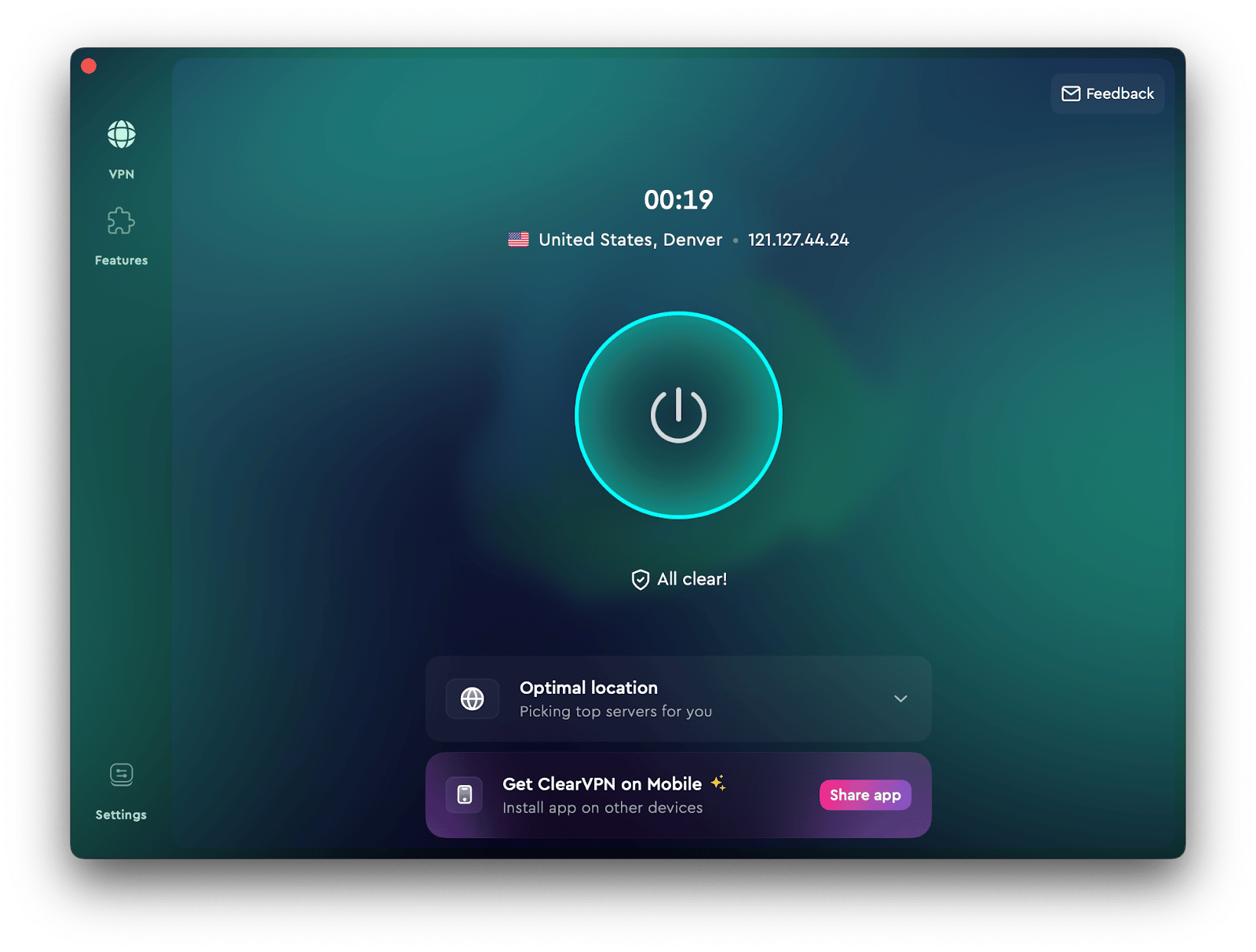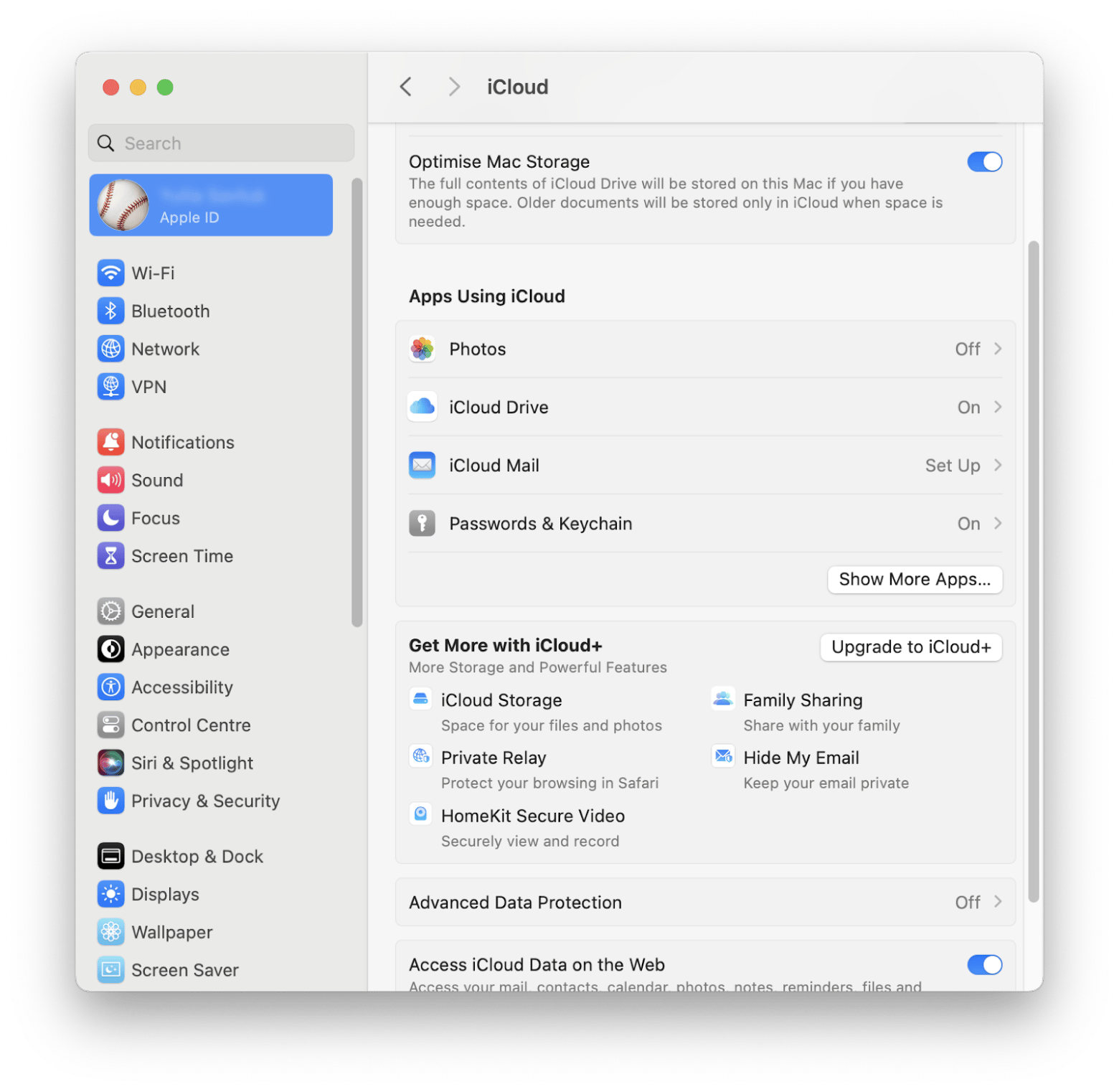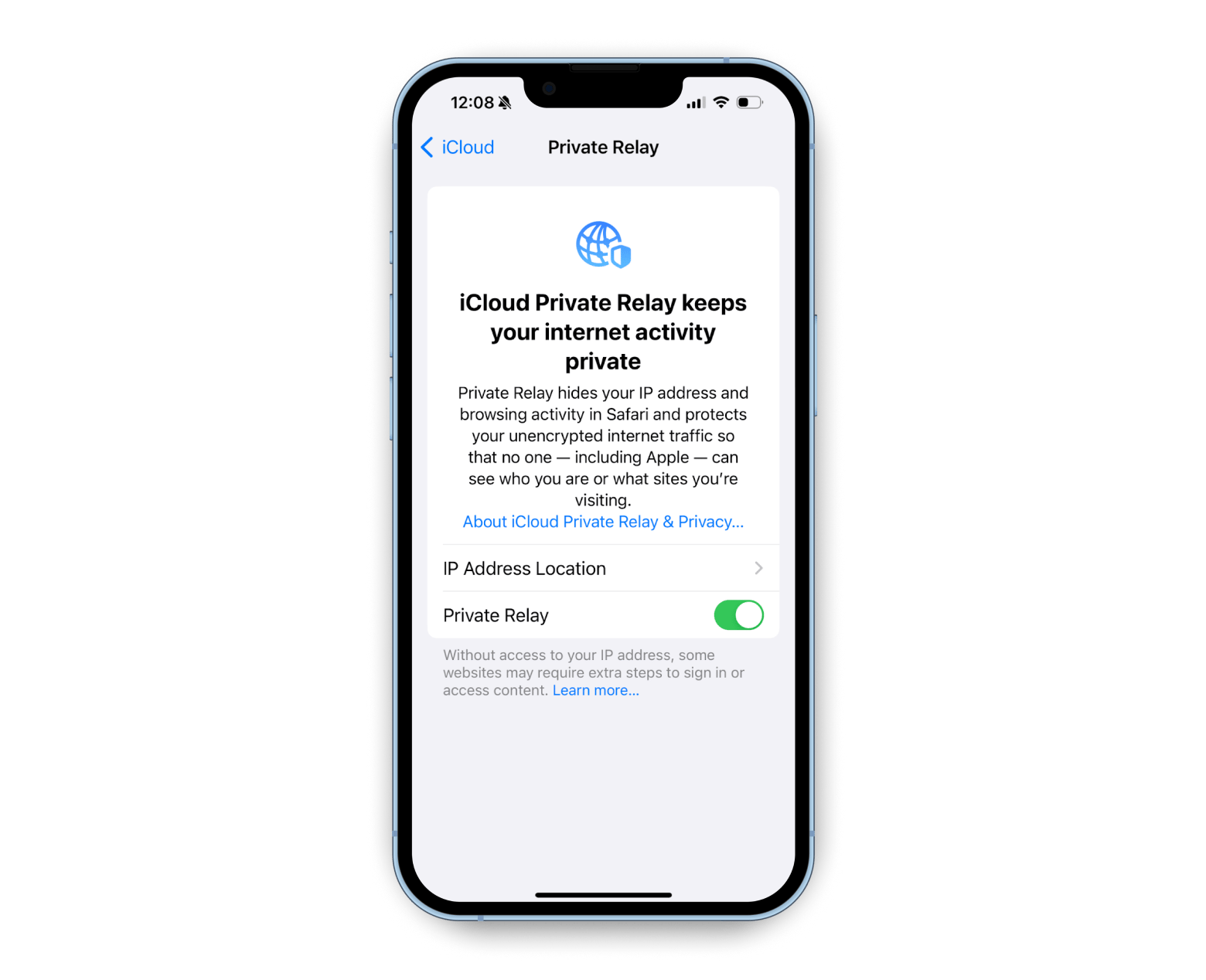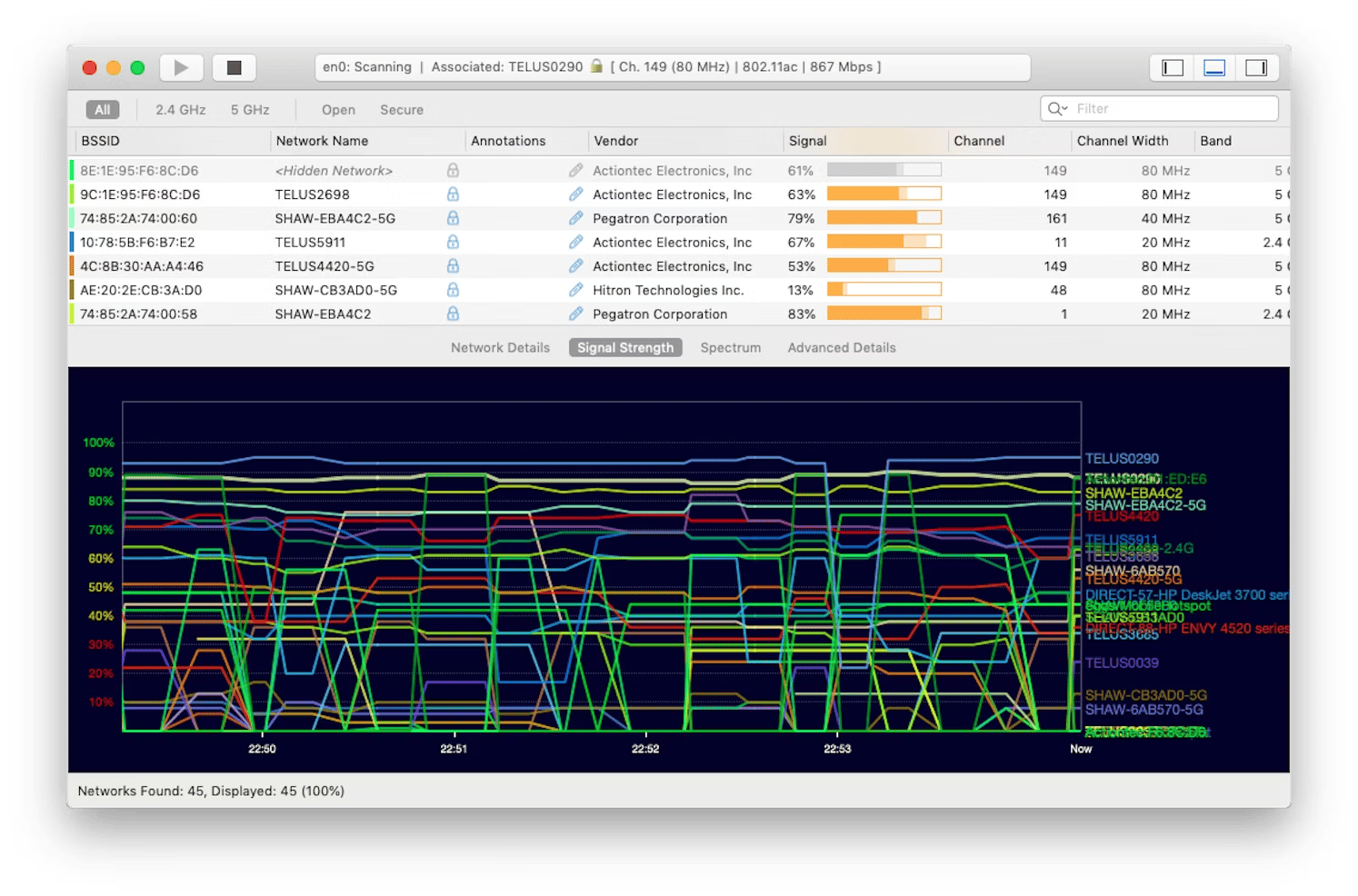How iCloud Private Relay keeps your online activity secure
Many of us used to browse the internet and share our personal details a lot more recklessly than we do today. As I started realizing how much data was being collected and used who-knows-where without my explicit consent, I quickly scrambled for ways to up my privacy and security online.
I did everything I could to change my habits, from using private browsers and encrypted messaging apps to employing VPNs and enabling two-factor authentication. But as an Apple user, I one day discovered iCloud Private Relay — an internet privacy service from Apple that provides a secure browsing experience.
Haven’t heard of it before but awfully curious? I’ll be talking about what it is, how it differs from a regular VPN, and how you can start using it on a daily basis.
What is iCloud Private Relay?
Every time we go online, we unintentionally reveal things like our location and browsing history. iCloud Private Relay is a built-in Apple tool that goes with the iCloud+ subscription plan and works to prevent this by encrypting your internet activity and hiding your domain name system (DNS) requests and IP address, but only if you’re browsing Safari. With this feature on, your internet service provider (ISP) won’t be able to determine who you are or what sites you’ve looked at.
iCloud Private Relay vs VPN
The description of iCloud Private Relay might sound a lot like a VPN. After all, the purpose of both is to encrypt online traffic and mask your IP address. Their inherent differences lie more in their scope, and because of it, they can't be used interchangeably. Spoiler alert: that's why I use both.
- Private Relay is exclusive to Apple devices. If you've got an iPhone, iPad, or Mac, you can turn on Private Relay in iCloud settings after signing up for iCloud+. It's not available on Android or Windows.
- It works on Safari only. Essentially, you can't use it with other browsers like Google Chrome or Firefox, which means you'll be completely exposed in those scenarios. With VPNs, however, your entire network connection will be protected at all times, no matter what browser you're using at that moment.
- You can't modify your geolocation. Unlike Private Relay, a VPN is a lot more comprehensive, as it'll completely disguise your online traffic and identity and give you more control over your virtual location. You get to choose exactly where you want to appear as if you are instead of being assigned a different IP address in the same geolocation.
The fact that we're digitally connected for most of our day-to-day lives truly emphasizes why we need these privacy and security tools. At the same time, these tools should never be overly complicated to use either. I've tested a variety of VPNs and VPN-like platforms before, and I've stuck to using ClearVPN because of its user-friendliness and industry-standard encryption AES-256 (which is widely used by financial organizations and banks).

You can instantly get the VPN up and running with the click of a button. Or, if you'd rather, you can browse the country list, which will show you a list of countries you can connect to. The good news is that the app works on both MacOS and iOS so that you can protect all your Apple devices.
Why use Private Relay
Private Relay is still a great complement to a VPN because it's part of the broader Apple ecosystem. Especially if you own and use a variety of Apple devices under one iCloud account, you can automatically use iCloud Private Relay across them all.
If you've already subscribed to iCloud+, Private Relay won't cost you extra or require you to manage it separately. It's included in the plan, and you can simply turn it on and off in your Apple ID's iCloud settings.
How Private Relay works
While I might’ve answered the basics of “What is iCloud Private Relay?” You might still be confused about the logistics of the feature. Well, when you turn this feature on, any requests that are sent through when you’re browsing the web go through two separate internet relays.
- In the first relay stage, your IP is still visible to your network provider, but your DNS records become encrypted, so the website address is completely hidden.
- In the second relay, a temporary IP address is generated for you that decrypts the site name and finally connects you to it.
These steps are put in place so you can achieve the ultimate state of private and secure browsing.
How to turn iCloud Private Relay on
When you’re ready to start using Private Relay, you’ll need to make sure you have a) an iCloud+ subscription and b) devices with iOS 15 or later.
Once you do, here’s how to turn it on your Mac:
- Go to the Apple menu bar > System Settings.
- Click on your Apple ID > iCloud.
- Upgrade to iCloud if necessary.
- Click Private Relay and then turn on Private Relay.

If you want to enable it on your iPhone, go to Settings > Apple ID > iCloud > Under iCloud+, tap Private Relay > Turn on Private Relay.

Any time you use a VPN or Private Relay, it can be tricky to figure out what’s going on with your network. You might find it hard to fix connection issues because everything is so over-protected.
WiFi Explorer will help give you a complete view of your network’s signal quality, security status, and other metrics, as well as the networks in your vicinity. It’ll also show you how to troubleshoot issues and what in its toolkit to use for that problem.

How to turn off iCloud Private Relay
If, for some reason, you need to turn off Private Relay, whether it’s to access geo-restricted content or because you’re in a workplace environment that doesn’t permit these tools, the process is pretty much the same.
Here’s how to disable iCloud Private Relay:
- Go back to Settings on your Apple device.
- Click on your Apple ID name > iCloud.
- Go to Private Relay and then turn off Private Relay.
Disabling Private Relay can help in a handful of scenarios, but don’t forget to turn it back on to maintain your privacy later on!
Final thoughts on the important role of iCloud Private Relay
After this detailed rundown, you’ve hopefully gone from asking, “What is Private Relay on iCloud?” to potentially using it to bolster your online privacy. Although it’s Safari-specific and only compatible with Apple devices, there’s plenty of reason to use Private Relay, especially as a supplement to a VPN like ClearVPN.
Digital security should never be underestimated, which is why adding apps, like Pareto Security for Mac security settings montior and WiFi Explorer for network diagnostics, to your toolkit is so essential. These apps and 250+ native iOS and macOS apps can be accessed through a 7-day free trial of Setapp, where you can get a handle on your privacy, security, productivity, and more.
FAQ
Does iCloud Private Relay hide browsing activity?
Yes, it does. When your device's traffic is detected, Private Relay sends it through two separate internet relays, preventing network providers and websites from seeing the websites you visit and your original IP address. While it adds a significant layer of privacy, it doesn't provide the complete anonymity that VPNs offer. Additionally, note that it is only compatible with Safari and supported apps.
Should I have my iCloud Private Relay on or off?
You should keep iCloud Private Relay on if you value privacy while browsing Safari and want to prevent your ISP from tracking your browsing activity. It's especially beneficial if you already have an iCloud+ subscription since it's included at no extra cost. However, you may need to turn it off temporarily in workplace environments that don't permit these tools or when accessing geo-restricted content that requires your actual location.
How do I access my iCloud Private Relay?
To access iCloud Private Relay on Mac, go to Apple menu > System Settings > click your Apple Account > iCloud > Private Relay. On iPhone or iPad, navigate to Settings > tap your Apple Account > iCloud > scroll to iCloud+ section > tap Private Relay. You'll need an active iCloud+ subscription and devices running iOS 15 or later to use this feature.
Does Apple Private Relay slow down browsing?
In some cases, it can. Since it’s rerouting your internet traffic, you might experience lag or slow latency, but because Private Relay balances performance and privacy, you might not notice much of a difference in speed.
Does iCloud Private Relay work in other browsers?
iCloud Private Relay only works with Safari on Apple devices. If you want to use another browser like Chrome or Firefox, you’ll need to use a VPN like ClearVPN.
How to tell if iCloud Private Relay is working?
Once you have Private Relay on in your Settings, it should automatically do its job and ensure your online privacy. If you want extra peace of mind, you can try using an IP-checking website.
Does iCloud Relay block ads?
No, iCloud Relay only serves to encrypt your internet traffic and hide your IP address. Alternatively, ClearVPN includes an ad-blocking feature that can be useful in combination with its services.






